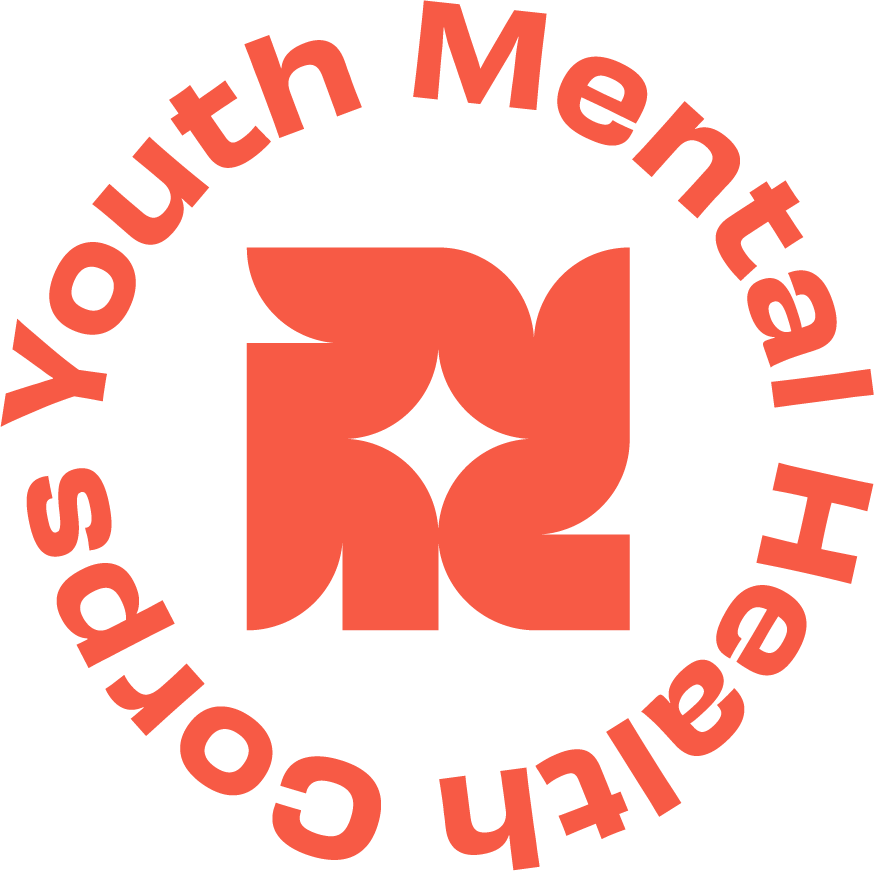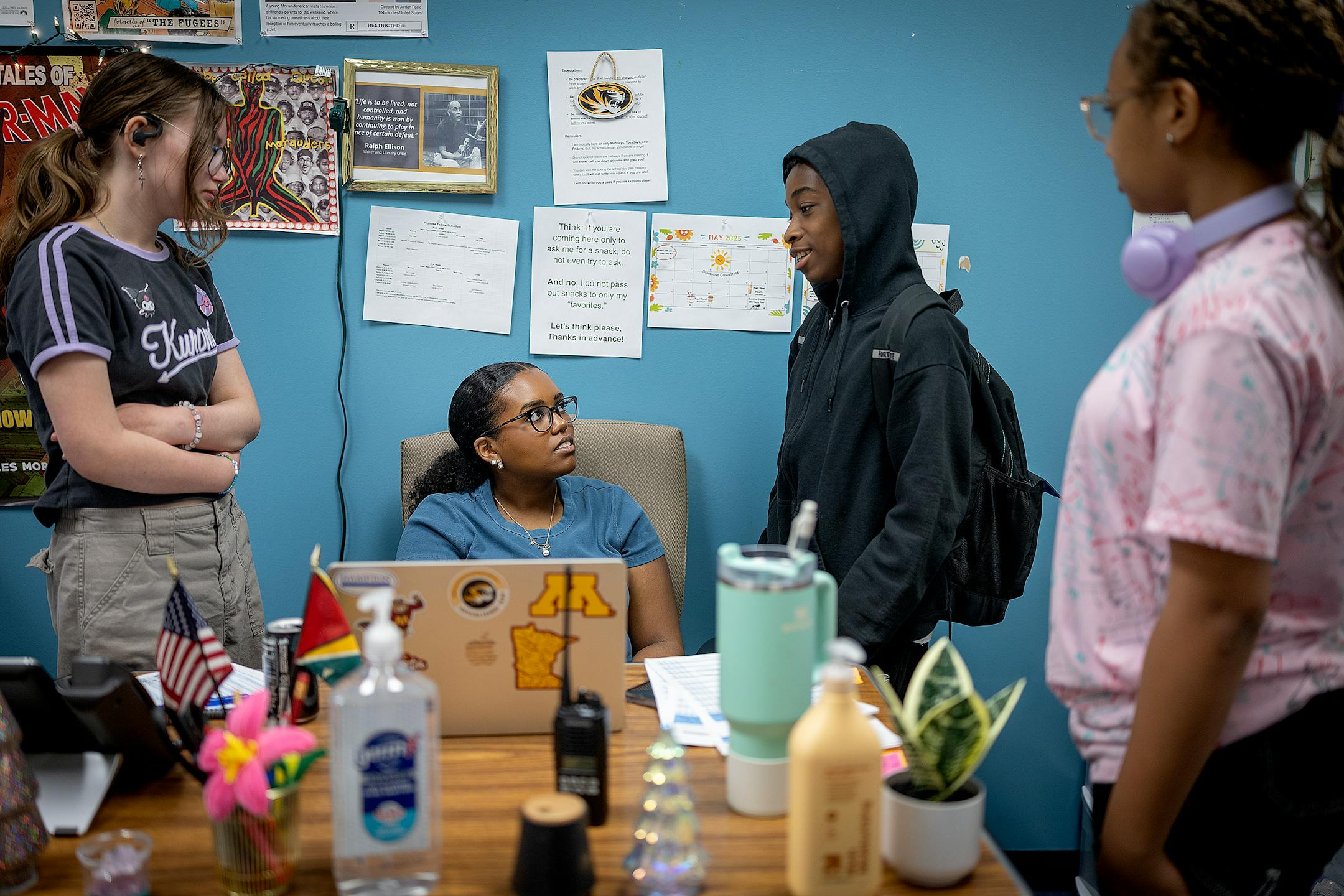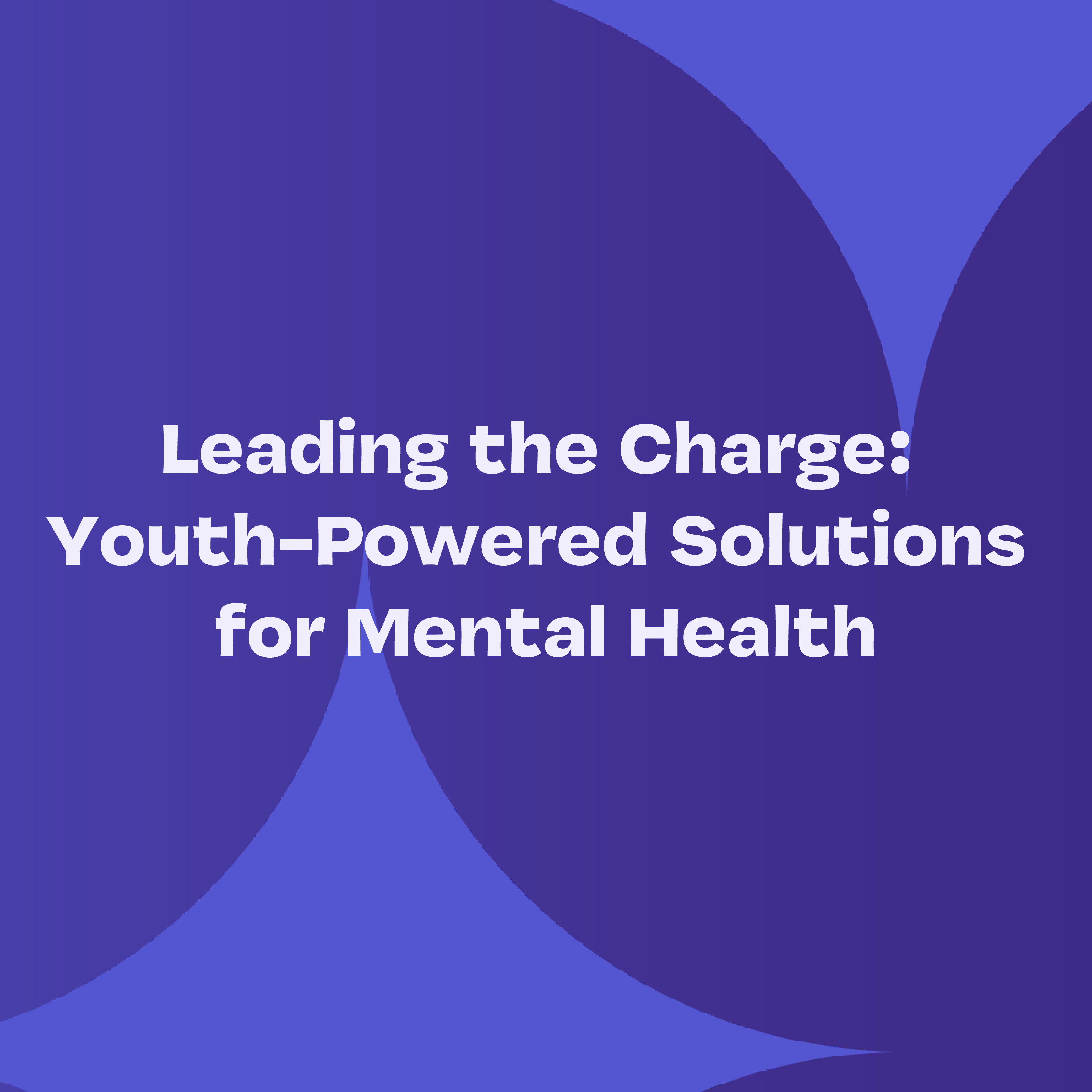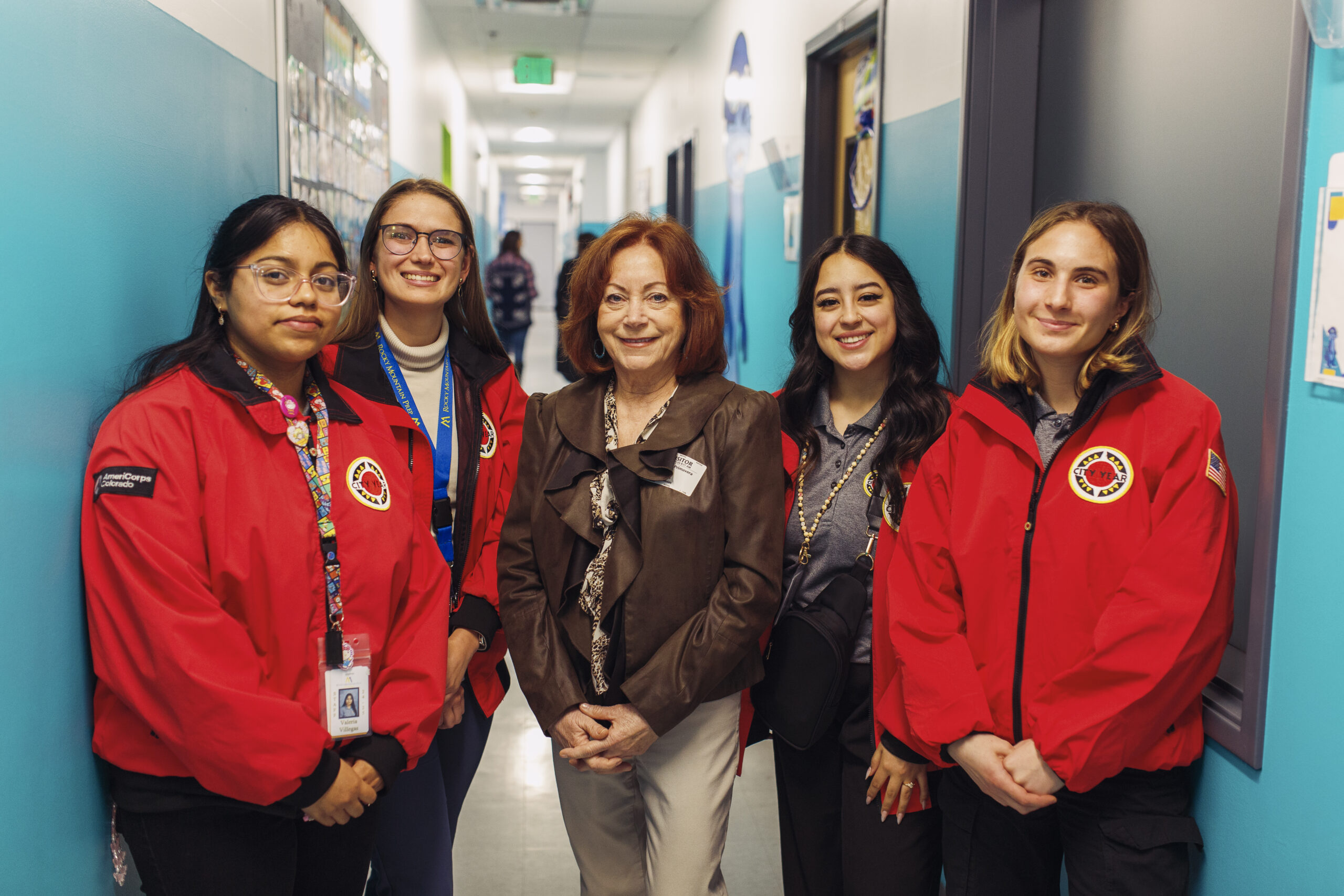Youth Mental Health Corps
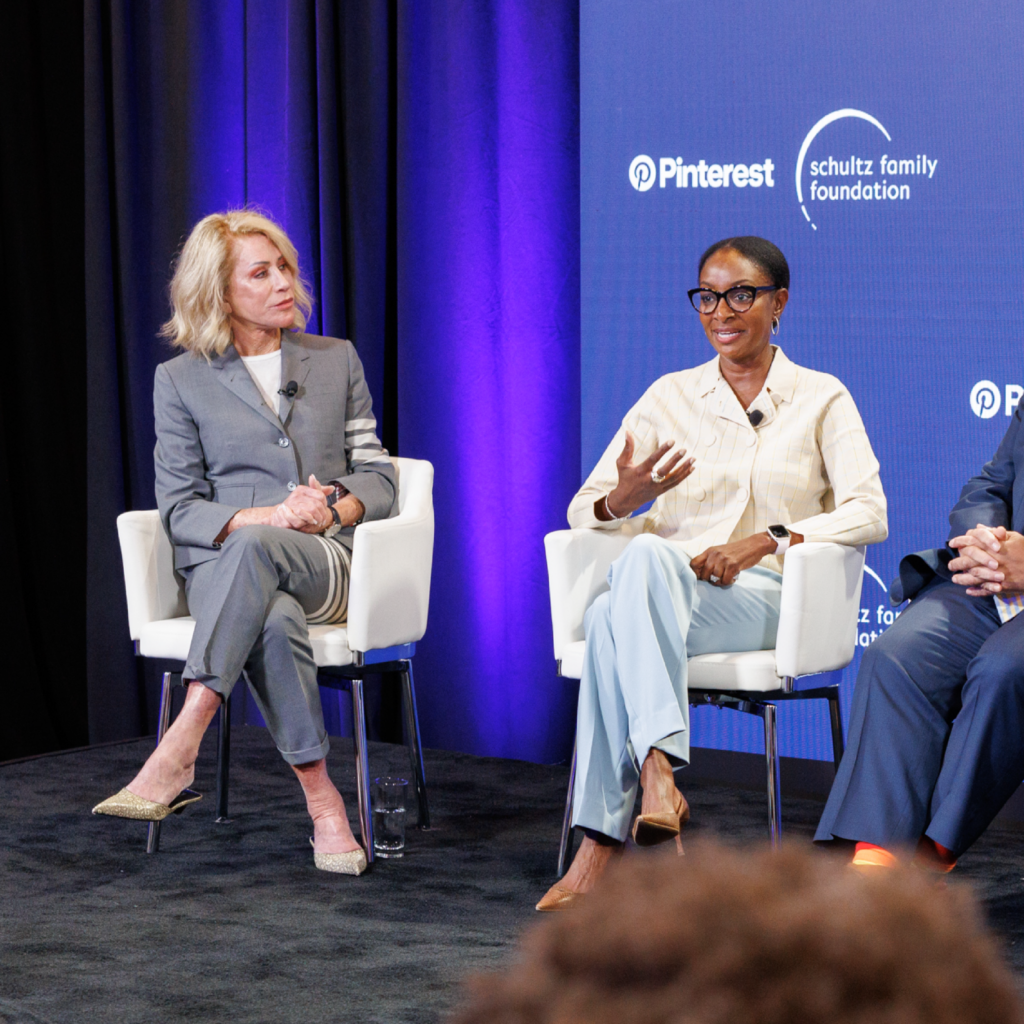
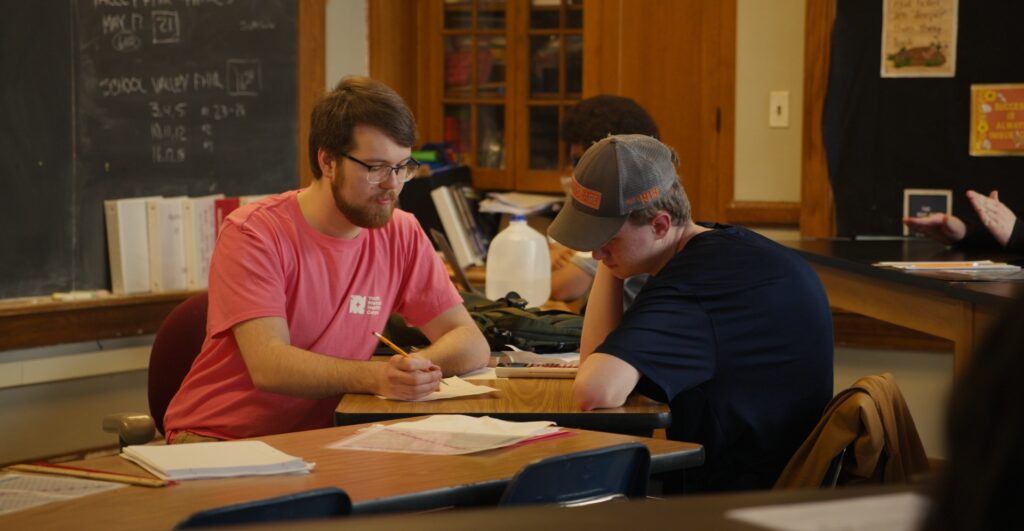
The State of Youth Mental Health
One third of high school students report persistent feelings of hopelessness and approximately 122 million people live in a Mental Health Professional Shortage Area in the U.S., where there is a shortage of more than 6,000 practitioners, according to the Department of Health and Human Services. There is also broad concern about the impact of social media on the mental health of young people.
Why it matters
45%
of young people feel hopeless and anxious
122m
Americans are living in communities lacking adequate mental health services
62%
increase in suicide rates for young people in the last 15 years
How are we responding to America’s youth mental health crisis?
States are leveraging the power of national service, deploying the nation’s first Youth Mental Health Corps to address the teen mental health crisis.
Conceived by the Schultz Family Foundation and Pinterest, the Youth Mental Health Corps has been developed in consultation with hundreds of experts and practitioners. In 2024, the Youth Mental Health Corps launched in four states, with over 300 young people serving at 165 community sites. In 2025, seven more states will launch the Corps, and six are actively designing programs for their state.
Utilizing national service as a pathway to economic mobility
The Youth Mental Health Corps leverages the power of national service to address the youth mental health crisis and provide a pathway for young adults to promising and meaningful careers. The Corps is designed for young people between 18 to 24 years old to earn a certification or higher education credit while serving. These young adults bring a personal connection and motivation that uniquely position them to work with youth.
Urgently addressing the youth mental health crisis
Youth Mental Health Corps members serve in communities with limited access to mental health resources.
Members support staff in schools, community organizations, and clinics through activities such as conducting 1:1 and small group check-ins with students, providing peer or near-peer guidance, offering training for caregivers, developing community outreach campaigns, and identifying barriers to mental health access for youth.
